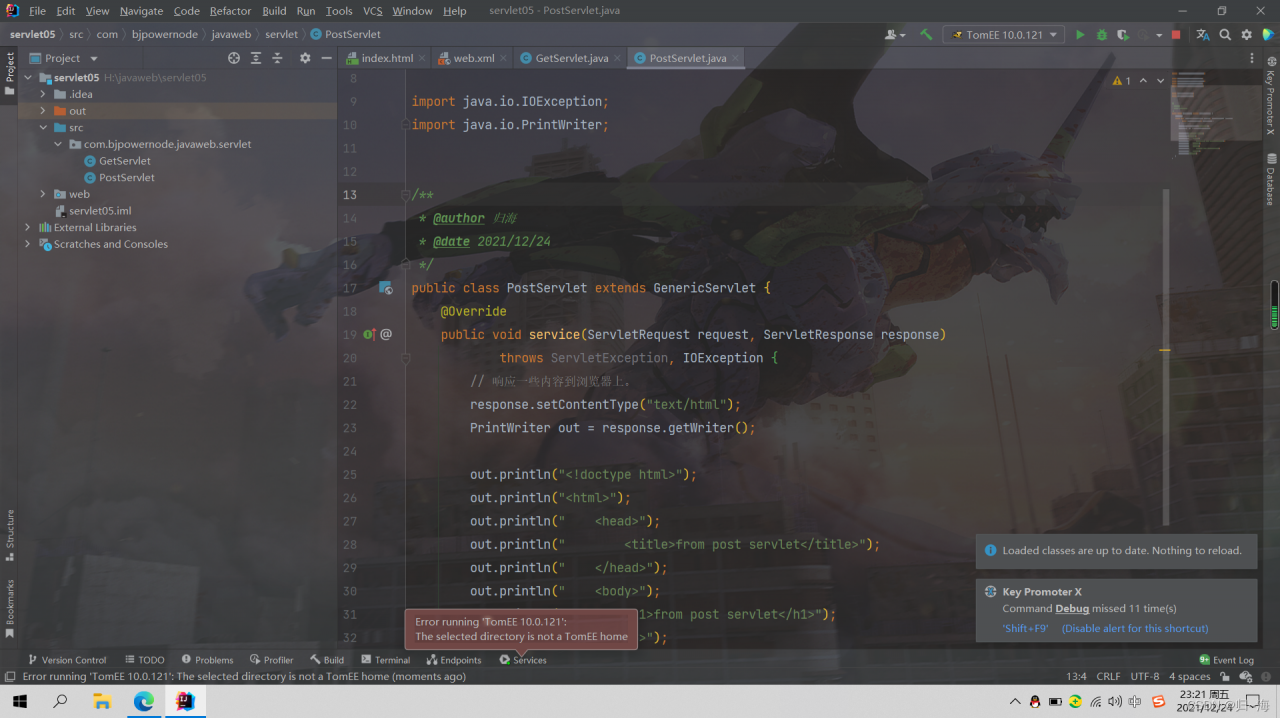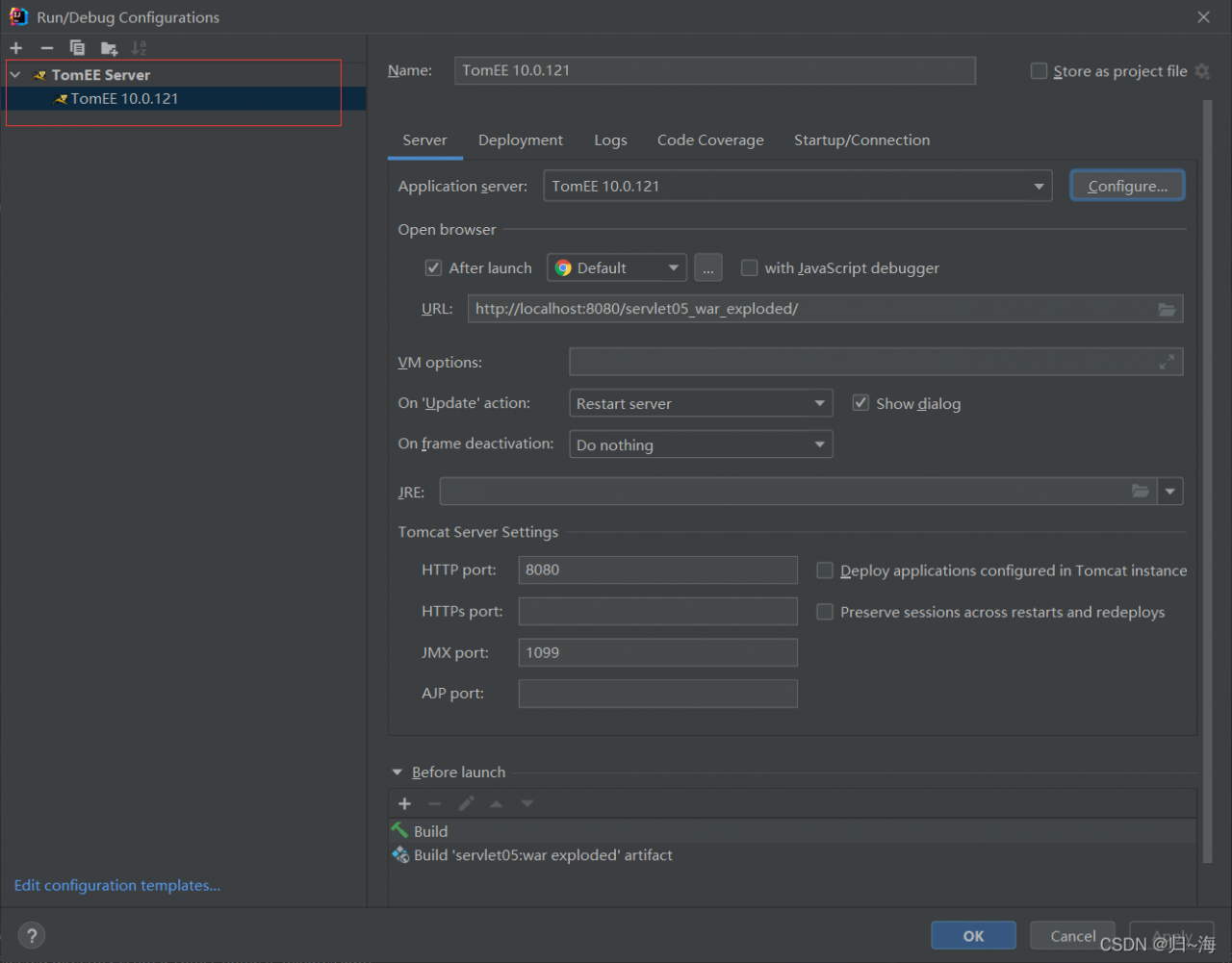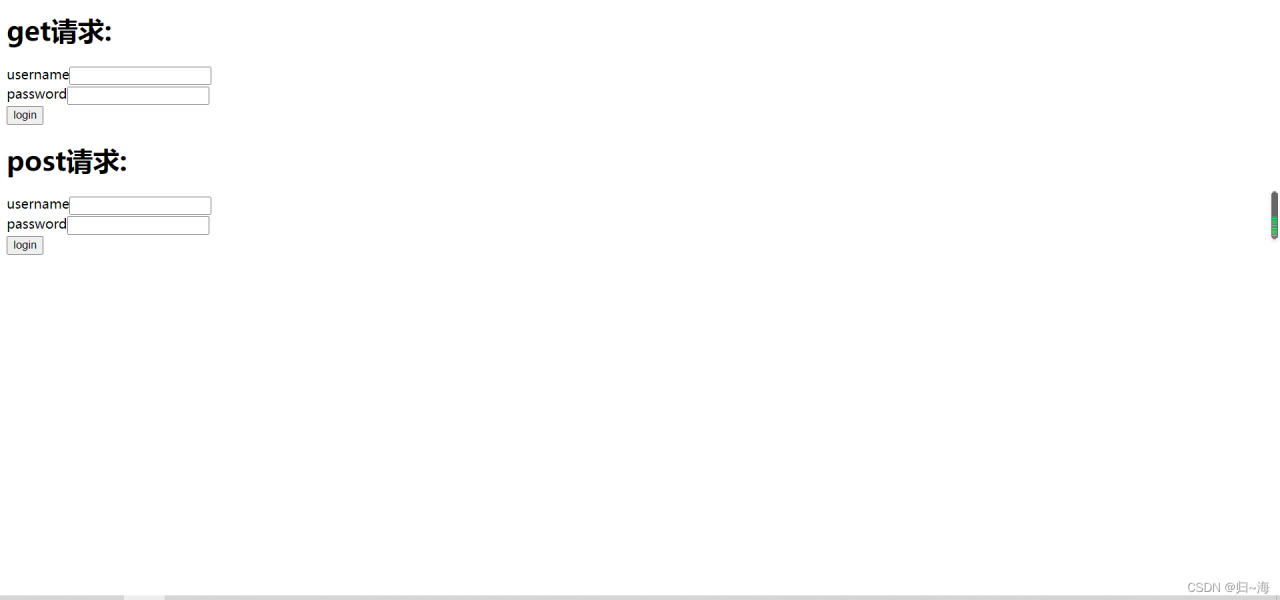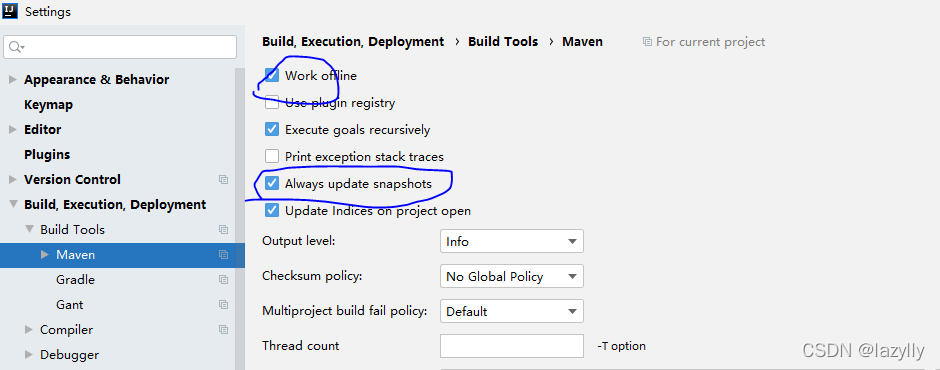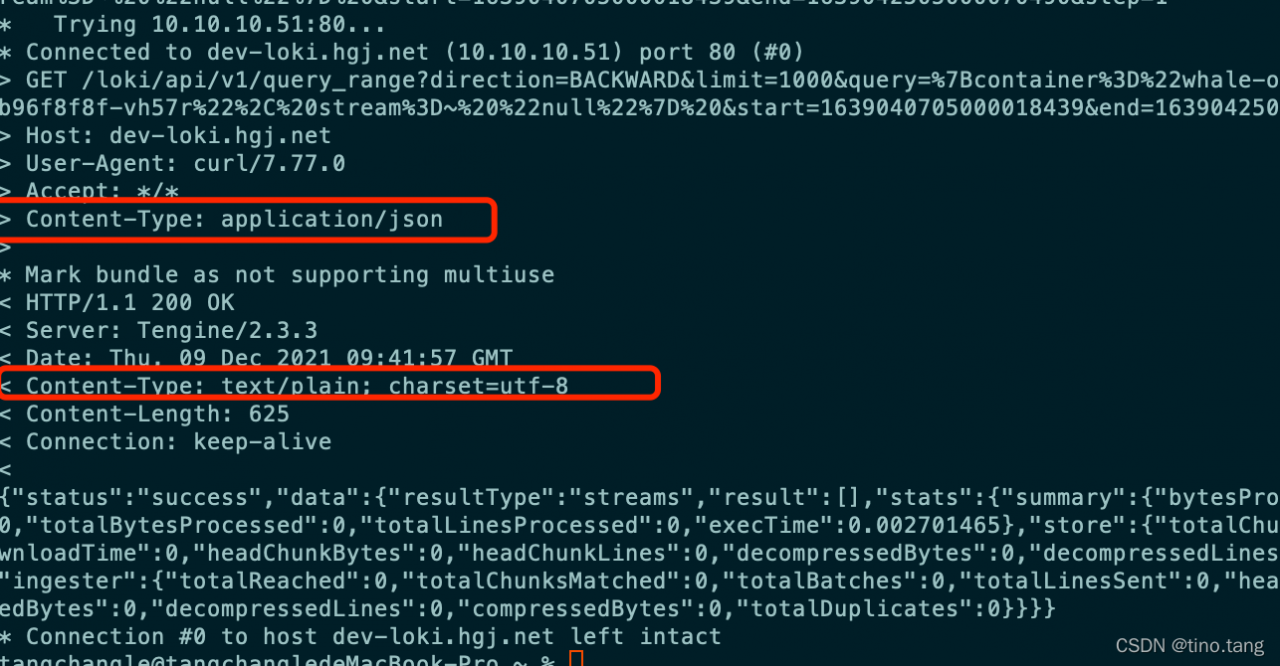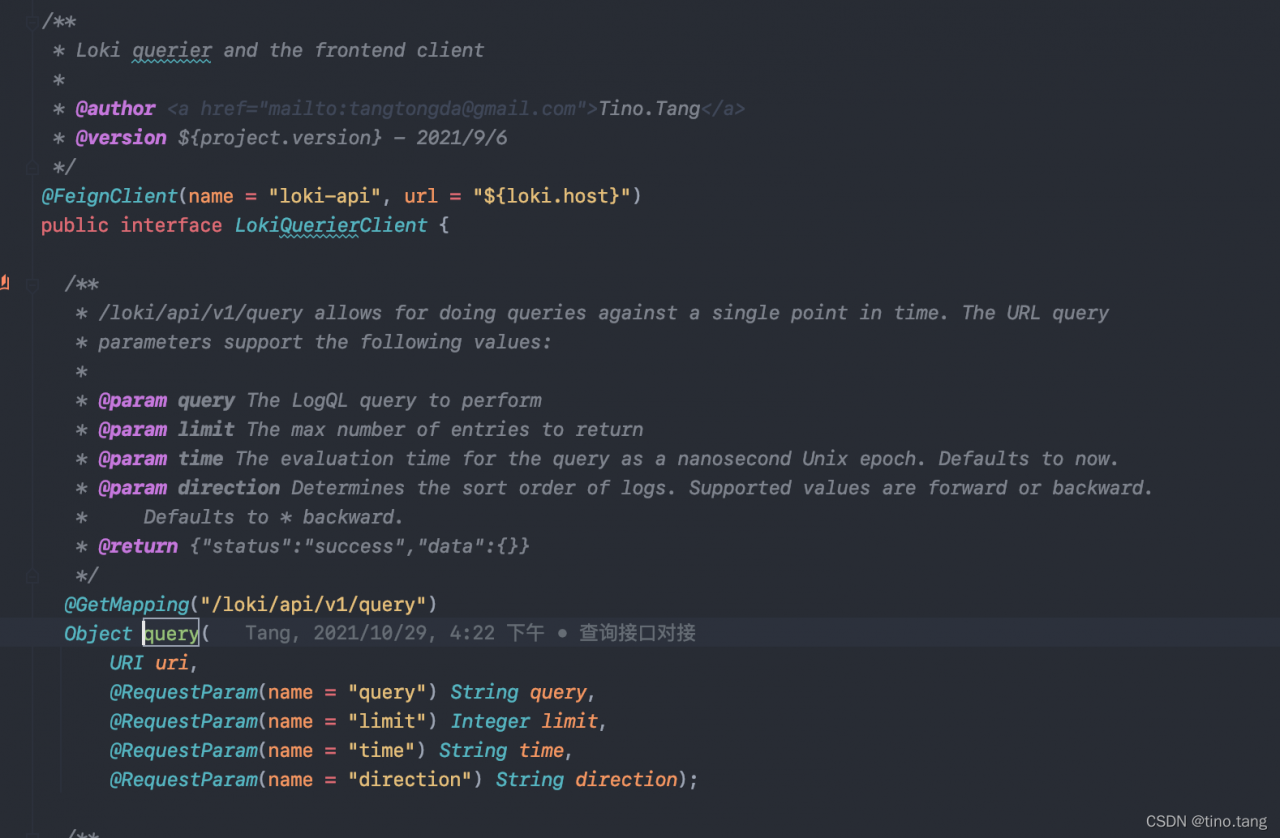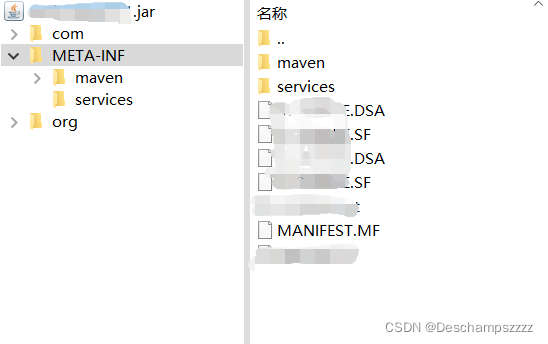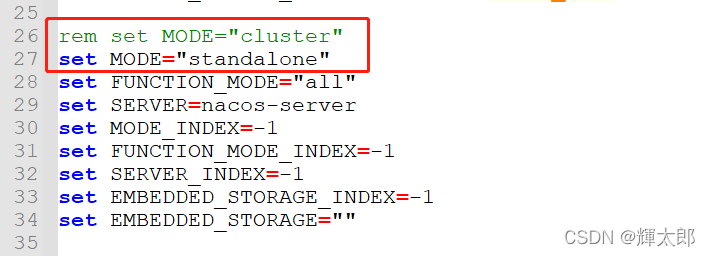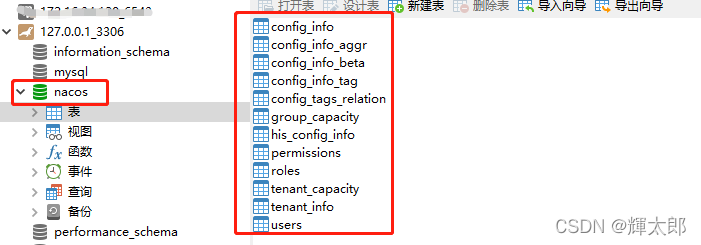When IDEA starts a maven project, it fails to start and displays an error reporting:
Error starting ApplicationContext. To display the conditions report re-run your application with ‘debug’ enabled.
2021-12-22 09:21:42.183 ERROR 14964 — [ main] o.s.b.d.LoggingFailureAnalysisReporter :
***************************
APPLICATION FAILED TO START
***************************
Description:
Failed to configure a DataSource: ‘url’ attribute is not specified and no embedded datasource could be configured.
Reason: Failed to determine a suitable driver classAction:
Consider the following:
If you want an embedded database (H2, HSQL or Derby), please put it on the classpath.
If you have database settings to be loaded from a particular profile you may need to activate it (the profiles local are currently active).
Cause:
The datasource related package environment is referenced, but no related configuration is performed
Solution:
1, start the class to add automatic configuration parameters: (exclude = {DataSourceAutoConfiguration.class})
@SpringBootApplication(exclude = {DataSourceAutoConfiguration.class})
public class ApiserviceApplication {
public static void main(final String[] args) {
SpringApplication.run(ApiserviceApplication.class, args);
}
}
2. If the code does not use the relevant package environment, the relevant Maven package can be deleted
<!-- <dependency>-->
<!-- <groupId>org.springframework.boot</groupId>-->
<!-- <artifactId>spring-boot-starter-data-cassandra-jpa</artifactId>-->
<!-- </dependency>-->3. If used, add relevant configurations
